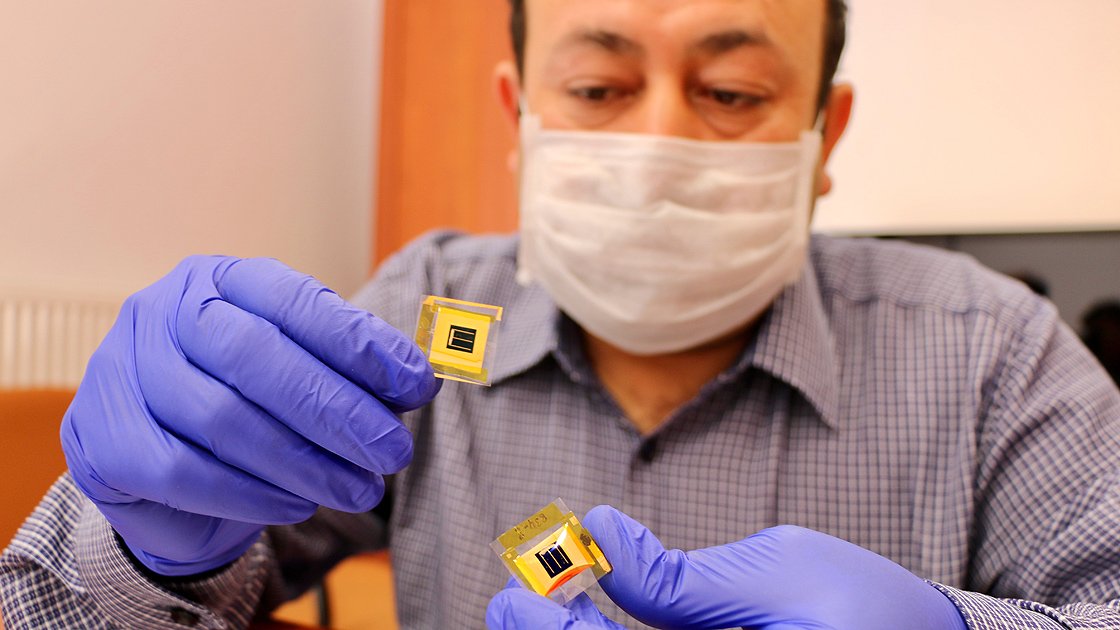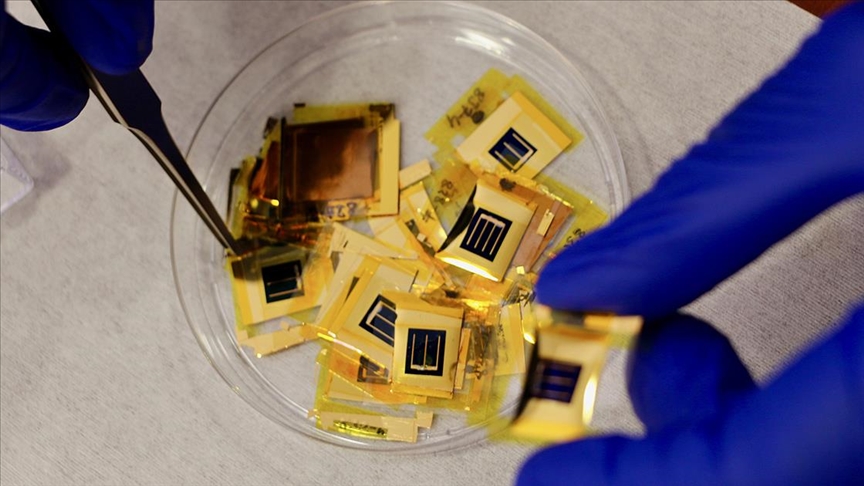Latest Thread
You are using an out of date browser. It may not display this or other websites correctly.
You should upgrade or use an alternative browser.
You should upgrade or use an alternative browser.
- Thread starter Cabatli_TR
- Start date
Proposal from Russia: "By creating one on land and one in the sea, we can do rocket launches to space together "
As History showed dozen times russian does not follow agreements. They only CARE to milk other side, use other side to the dead.Proposal from Russia: "By creating one on land and one in the sea, we can do rocket launches to space together "
russian lost the space contracts with usa for delivering cargo,human, etc to space station. It was MAIN source of Money for russian space companies. They lost clients over world Paying them for lunching client sattelites. Competitors like china and Elen Mosk take BIG share of that MONEY.
So this above "Proposal" have two Big SET BACKS
1.russian are despered for money they keep losing on all front
-military, space, high tech products, stealing reources from occopied countries. IT is BIG decline of LOTS of MONEY. But there are constant EXPENSES to be paid inside russia sector
2. russians showed to ALL world that They don't FULFIL (Realize) they side of the deals.
There are always side effects "already prepared to go that way from russians, this is happening 99% of time .
They are not systematic, not reliable with due dates, always looking for opportunity to cost you more. They adding more demands or sqeeze you in the middle time of process. This create non stop issues leading to new discussion leading to opposide side to bend in same point and pay more!
I am trying to say that Turkiye should not rely on russian for partnarship for any strategic or BIG project with them. The RISK of Losing for Turkiye is HUGE. There ARE NOT any other country Deal which can be shown as Exception. russians are PROVEN with systematic problems, inefficient, twisting things, costs 3+ time more time , money and bad decission .
I am just supprize that Turkiye think this kind of Proposals as some GOOD thing!!!
Turkiye at moment is in MODE THAT they PROGRESING FAST and showed that they keep finishing Strategic products in time and with up to date products compareable with other competitors.
Why you think to put a STICK in you SYSTEM with UNRELIABLE and known aggressor russia!?
it is almost all time bad and worst results. They prove that over and over again
Brave Janissary
Well-known member
Bro, what's the equal of this technology in the balistic misille tech ? Mrbm or something ?
Seems a rank higher than a MRBM.Bro, what's the equal of this technology in the balistic misille tech ? Mrbm or something ?
Combat-Master
Baklava Consumer
Roketsan is getting more social, finally.

Tomorrow 11:30pm IST (9:30am GMT) Dr Umut Yıldız (NASA Deep Space Communications Engineer) will be moderating a live panel of Roketsan engineers who will be discussing;
-Propulsion systems and related technologies
-Guidance, control and navigation technologies
-Materials and material processing technologies
- Space systems
Tomorrow 11:30pm IST (9:30am GMT) Dr Umut Yıldız (NASA Deep Space Communications Engineer) will be moderating a live panel of Roketsan engineers who will be discussing;
-Propulsion systems and related technologies
-Guidance, control and navigation technologies
-Materials and material processing technologies
- Space systems
Combat-Master
Baklava Consumer
Roketsan is getting more social, finally.
View attachment 33104
Tomorrow 11:30pm IST (9:30am GMT) Dr Umut Yıldız (NASA Deep Space Communications Engineer) will be moderating a live panel of Roketsan engineers who will be discussing;
-Propulsion systems and related technologies
-Guidance, control and navigation technologies
-Materials and material processing technologies
- Space systems
Last edited:
MUFA Test 1,35m diameter rocket will be launched to space in 2023

@miguyan
@miguyan
2023- MUFA Test will have a length around 12-13m and diameter of 1,35m. 100+kg paylaod to 300+km
MUFA will have a length around 19m and diameter of 1,35m. 100+kg payload to 400+km
MUFA+ will have a length around 19m and diameter of 1,35m with additional two side thruster. 200+kg payload to 550+km.

Turkish scientists produced a silicon-based domestic flexible solar cell
Faculty members Assoc. Dr. Mustafa Kulakcı and Prof. Dr. Uğur Serincan received support for the project titled "Growth, Fabrication and Characterization of High Efficiency Flexible Thin Film Gallium Arsenic Solar Cells Using Silicon Substone" within the scope of TÜBİTAK 1003 Priority Areas R&D Projects Support Programme.
After about 3 years of work, Turkish scientists, who developed III-V group flexible thin film solar cells, normally produced on gallium arsenic substrate (base material), on silicon substrates, aim to contribute to the National Space Program with a locally designed project at ESTU Nanosize Research Laboratory. .
Earning a patent, Kulakcı and Serincan worked with the support of the Ministry of Industry and Technology, the Turkish Patent and Trademark Office, the International Federation of Inventors' Association (IFIA), the World Intellectual Property Organization (WIPO), the European Patent Office (EPO) and the Turkish Technology Team Foundation. He also won the gold medal at the 6th Istanbul International Invention Fair ISIF'21 held in Turkey.
The coordinator of the project, Associate Professor of the Physics Department. Dr. Mustafa Kulakcı told Anadolu Agency (AA) that although they are expensive, gallium arsenic-based III-V group flexible solar cells are used in satellites, air and space vehicles, and military vehicles.
Earlier, Prof. Dr. He gave the following information about the project they created with Serincan:
"In the production of flexible solar cells, instead of expensive gallium arsenic, we used silicon that is very cheap and the substrate technology is much more advanced. Gallium arsenic is a very expensive material when you compare it with silicon. As part of the project, the flexible thin solar cells that we produced by removing the silicon from the gallium arsenic base, have almost comparable performance to each other. We believe that with the studies we have carried out, we have opened a new cost-effective avenue for large-scale production in the field of photovoltaic technologies of group III-V. Gallium arsenic-based thin film flexible cells will be a very important technology in the future. Depending on the cell technology, the production cost of group III-V solar cells is approximately 85-90 percent comes from the substrate."

"Both light and flexible, can be opened and folded like a roll"
Kulakcı stated that gallium arsenic (GaAs)-based ones are very expensive in solar cell applications on earth, and that silicon cells with a very low cost are used in earth applications.
Explaining that they produced gallium arsenic flexible thin-film solar cell out of low-cost silicon to be used in satellite, space, aviation and military technology systems in their projects, Kulakcı continued as follows:
"The cost between two substrates varies depending on the size, but can range from 10 times to hundreds of times. The gallium resource is very limited. The photovoltaic (electricity generation with solar panels and cells) sector, optoelectronics (the science that studies the conversion of light energy and electrical energy) sector and telecommunications sector are limited. Gallium has to share its source of arsenic. It also increases prices. We produced this cell technology, which is very critical to finding a solution to this vicious circle, using much cheaper silicon. We paved the way for producing an expensive technology at a lower cost.
III-V group flexible thin film cells are much more functional than substrate-based conventional cells. It is both light and flexible and can be opened and folded like a roll. Its temperature and radiation tolerance is much higher than its substrate counterparts due to its thinness. Efficiency is also very high. This is the first time we have produced these flexible thin-film cells, which are normally produced on gallium arsenic substrates, on silicon. The patenting process in Turkey has been completed. We are about to obtain a foreign patent."
Kulakcı stated that the improvement processes continue to take the project one step further.
"These are critical technologies"
In the study, Prof. Dr. Uğur Serincan, on the other hand, mentioned the importance of the National Space Program for Turkish scientists and stated that they can support these studies with their projects.
Pointing out that energy is one of the most important values in the world, Serincan said:
"It is very important to be able to produce gallium arsenic-based III-V group flexible thin-film cells and at the same time reduce costs. These are critical technologies because they have both civilian and military applications. When you reduce the cost and increase the amount produced, the applications in the civilian field can also expand. The III-V group flexible thin-film cells can be expanded. Thin-film solar cells are used in satellite, aerospace or military fields due to their high cost and limited production.We paved the way for these cells to be produced both cheaply and on a larger scale, as well as domestically. It was very important to integrate with existing silicon technologies by reducing the cost. This is critical "We have reached the point with our project. We have another work in the continuation of the project. We want to further increase the efficiency of this technology, which we have developed over silicon. It has been a great gain for our country."
Prof.Dr. Uğur SERİNCAN academic publications
Eskişehir Teknik Üniversitesi Akademik Personel Özgeçmiş Sistemi
Combat-Master
Baklava Consumer
Small Size GEO Satellite is a telecommunication satellite platform, which is capable of accommodating wide range of commercial payloads and missions; from TV broadcasting to multimedia applications, internet access and mobile or fixed services in a wide range of frequency bands Small Size GEO Satellite's new, modular and flexible design, boosts global industry’s ability to play a significant role in commercial telecommunication satellites.





Last edited:
Combat-Master
Baklava Consumer
DAG 4m Telescope Mirror is ready for a final interferometric test before coating at LZOS facilities in Moscow.

Turkish Space Agency 2022-2026 Strategic Plan has been announced.
Combat-Master
Baklava Consumer
DeltaV Stand - The possible sattelite that's going to do a hard landing on the moon;








